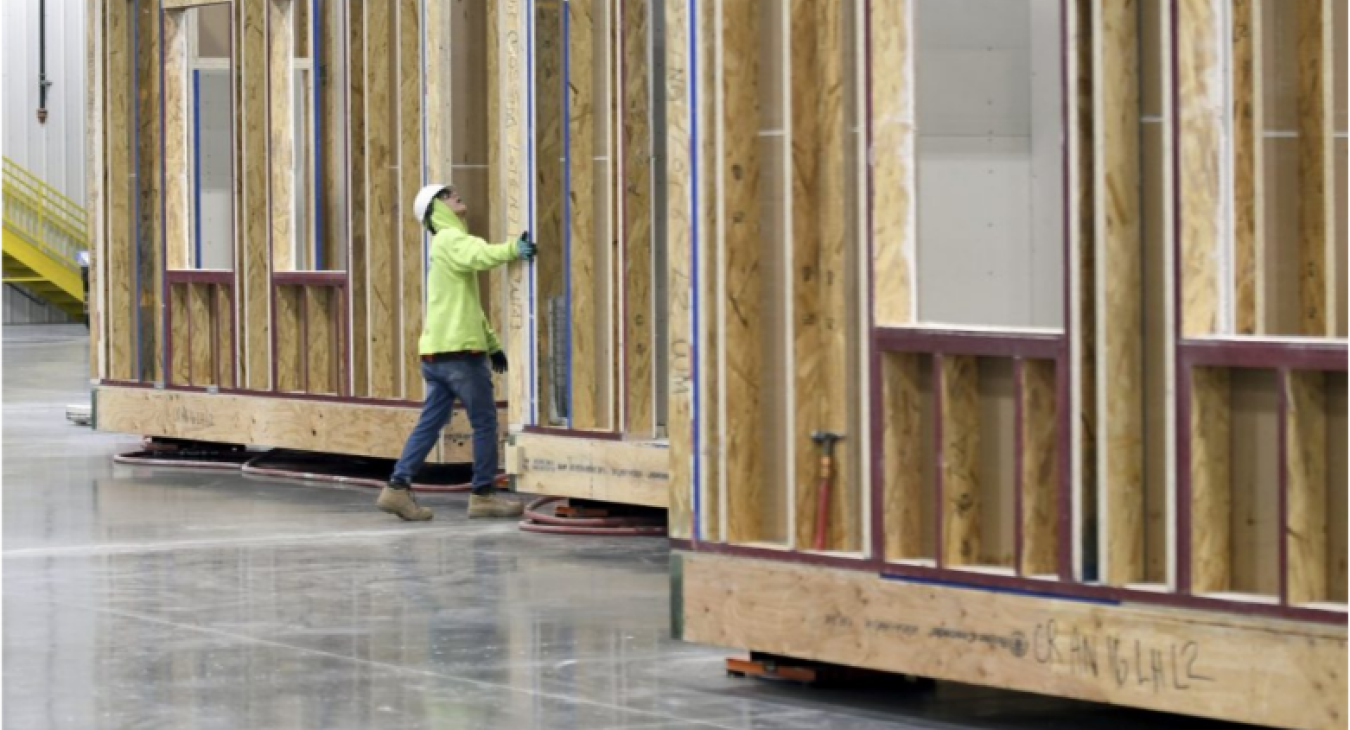Against the backdrop of an acute shortage of affordable housing in Canada, modular homes are attracting increasing attention — inexpensive and quickly erected solutions. In Toronto, on Ossington Street, a 25-apartment complex for the homeless was built in 8 months. It was built by Assembly Corp. on behalf of the non-profit organization St. Clare’s.
The project received $4.8 million from the federal government and $1.7 million from the city. Rent is about $500 per month. Studios of 20 square meters include a bathroom, kitchen and living space.
The advantages of modular construction: short terms, lower costs and minimal intervention in the urban environment. For example, in Ottawa, Theberge Group assembled an 8-apartment modular house in just three days. Occupancy will begin on July 1.
Although modular housing currently occupies only 4-6% of the market, demand is growing. Toronto plans to build 18,000 such units by 2030.
Experts believe that for the solution to become widespread, stable orders and government support are needed. The example of Sweden, where 45% of houses are assembled in factories, shows that with the right strategy, this is possible. But, as University of Toronto professor Carolyn Witzman notes, the module is not a panacea. Without government investment, there will be no breakthrough.
